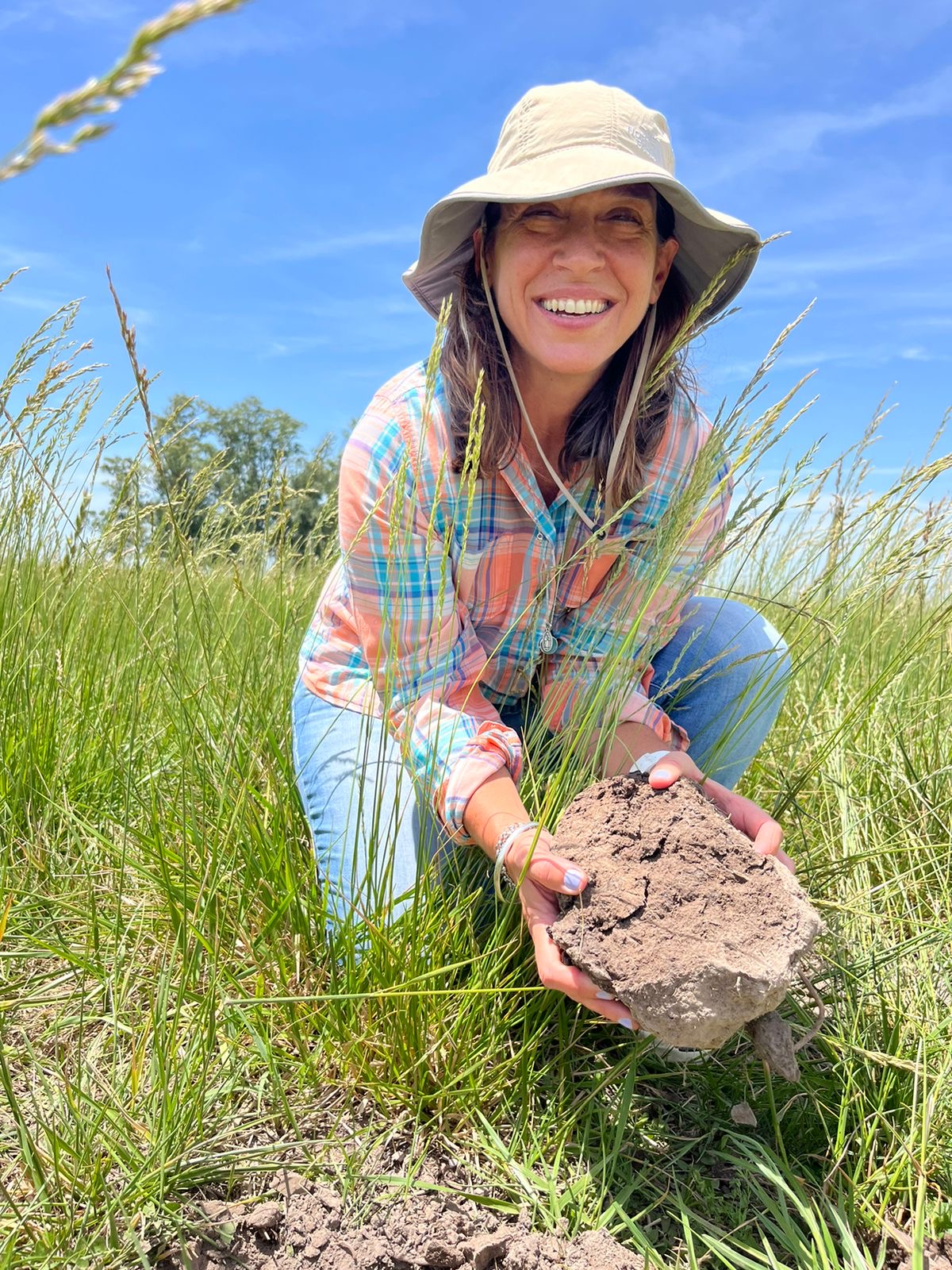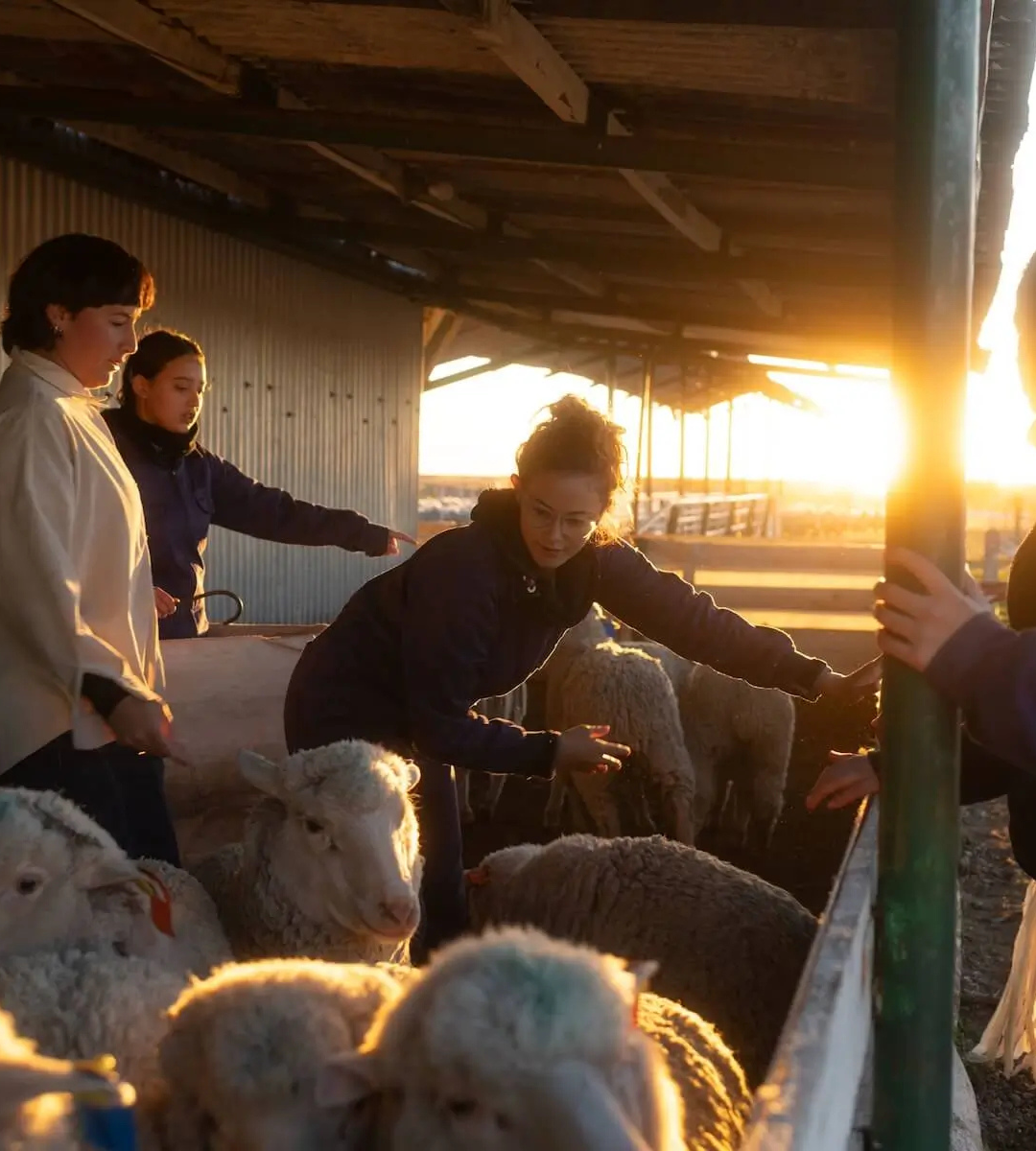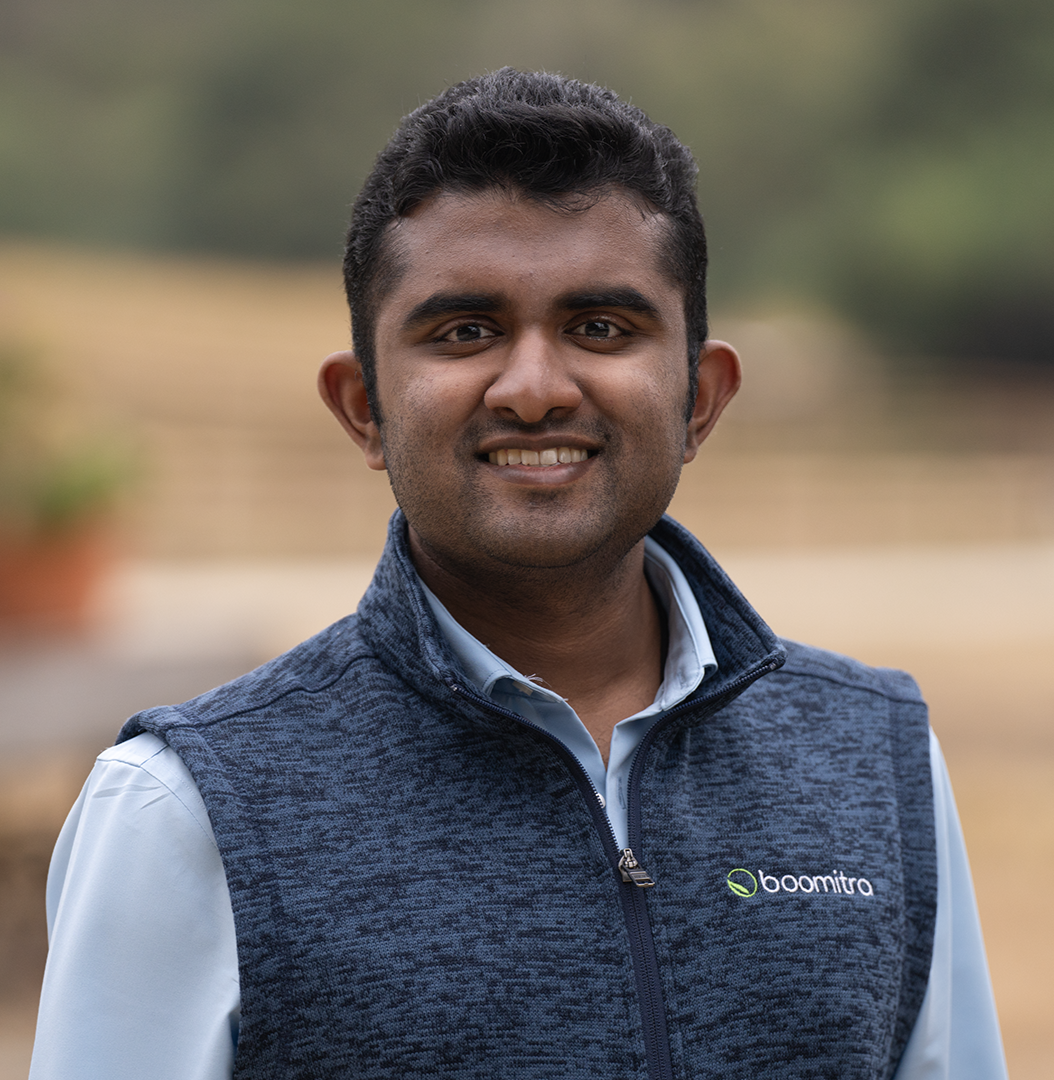Boomitra South America Grassland Restoration Project
Regenerating ecosystems, empowering local ranchers, and unlocking nature-based carbon removal across South America
"I'm fascinated by the landʻs ability to repair itself. I witnessed this restorative quality when I started making small changes to the way I farm, like rotational grazing. My land, biodiversity, and yields have improved. Yellow, white, violet, and red flowers bloom on previously barren land and butterflies have returned."
-Daniela Pardo Mendez, La Siempre Viva Ranch, San Luis, Argentina
.png?width=1080&height=1080&name=Untitled%20design%20(1).png)
Be the first to get project updates
Sign up for our newsletter to get the latest news, insights, and project updates straight to your inbox.

Our South America Grassland Restoration Project
Covering over 75,000 acres across the iconic Pampas and Chaco ecosystems, Boomitra’s South America project is restoring some of the world’s most important grasslands.
By supporting ranchers in adopting regenerative grazing practices, the project enhances soil carbon sequestration, improves ecosystem resilience, and helps reverse biodiversity loss. Through extensive local partnerships and satellite-powered measurement, Boomitra ensures real, verifiable climate impact while generating new income streams for ranching communities across Argentina and Paraguay.
“Boomitra gives us information to make better decisions. We have consistent information about our farm...Boomitra gives me the possibility to better understand what is going on in order to help build a better future.”
– Catalina Saenz, Tatay Ranch
Rancher stories:
The people behind the impact

Tatay Ranch
Across the rugged steppes of Patagonia—which are projected to receive 20% less rainfall by the end of the century and where an expanding ozone hole exposes 30% of Argentina to desertification—the Saenz family has grown sheep on Tatay Ranch for 50 years. Amidst these challenging conditions, Catalina Saenz, the family’s fourth-generation sheep farmer, and her family maintain a flock of 3,000 sheep that produce high-quality wool.
.png)
La Julia Farm
In 1994, driven by his passion for nature and sustainable food, Fernando L. Bianchi established La Julia Farm, located 120 kilometers outside of Buenos Aires. He and his wife, Valerie, began ranching with a small herd of cattle. After initially practicing conventional extensive ranching, Fernando gradually shifted toward regenerative grazing—eliminating synthetic inputs, restoring native grasses, and focusing on soil health as the foundation for long-term resilience.
"Our work across the Pampas and Chaco ecosystems reflects the power of combining rigorous science, local partnerships, and regenerative practices to restore grasslands and generate measurable climate impact."
-Aadith Moorthy, Boomitra CEO & Founder








How big is this project?
- For the first monitoring period, the project covers 30,899 hectares (76,350 acres).
- We have already onboarded additional ranchers and expect to grow the project to 200,000 hectares over the next three years (approximately 500,000+ acres).
What regenerative practices do you use for this project?
How are soil carbon changes measured and verified?
How is reversal risk managed?
What percentage of credit revenue goes to ranchers?
55% of gross carbon revenue is paid directly to farmers and ranchers. Another 20% goes to local implementation partners who are contractually obligated to reinvest in community-based support, ensuring 75% of value stays with local stakeholders.
Farmers and ranchers also benefit from numerous co-benefits.
Is participation voluntary? Are farmers required to purchase specific products?
Participation in all Boomitra projects is voluntary and requires full, informed consent. Growers digitally sign agreements and may withdraw at any point before verification without penalty.
Farmers are not required or incentivized to buy fertilizers, seeds, or tools from any company, including our investors or implementation partners.
How do you ensure long-term participation and impact?
We offer training, field support, digital tools like the Boomitra app and Mitra, our conversational GenAI assistant that communicates with farmers in local languages, and equitable revenue sharing. These create durable incentives for continued climate-smart land management.
Are indigenous or vulnerable communities involved?
Yes. Boomitra works with ejidos in Mexico, women ranchers in Argentina, and women's farming collectives in India. We ensure full participation through Free, Prior, and Informed Consent (FPIC), and all agreements are provided in local languages.


.png?width=300&height=100&name=VCS-Logo-Verra-Color%20PNG%20(1).png)